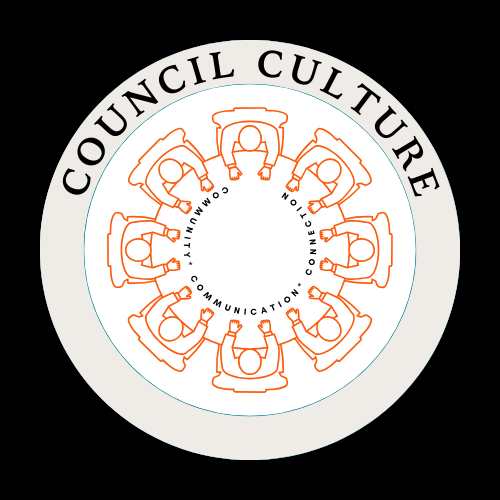Why Every Council Needs a Living Officer–Councillor Protocol
I recently worked with a council to create an officer–councillor protocol. What struck me most wasn’t the document itself, it was the conversations it created.
When people think of protocols, they often imagine something dry: a list of rules about who can email whom. But at their best, these documents are really about relationships, how people communicate, how they build trust, and how they handle difference.
In councils, that relationship between officers and councillors is unique. It’s not replicated anywhere else in public life. Councillors bring democratic leadership and vision; officers bring professional and operational expertise. Each depends on the other. But when boundaries blur or communication breaks down, the whole organisation feels it — from internal morale to public confidence.
A strong protocol doesn’t just set limits; it creates clarity. It helps councillors know how to get things done safely, and it protects officers from being stretched beyond capacity. It gives everyone the confidence to act, knowing they’re doing so within the right framework.
Culture Comes First
A document can’t fix a culture, but it can start an honest conversation about it.
The best councils don’t treat their protocols as static. They treat them as living agreements — evolving as the organisation changes, capturing what’s been learned, and reflecting how people actually work together.
When I facilitated this process, what made the difference wasn’t the legal detail. It was the chance for councillors and officers to talk about what respect really looks like in practice.
To ask, “What helps us work well together?” and “What gets in the way?”
That dialogue created ownership. It turned a governance exercise into something human, a shared understanding that good communication isn’t just polite, it’s protective.
Clarity Prevents Burnout
Councils can be emotionally intense places to work. The passion that drives local democracy can also drive people to exhaustion if systems and expectations aren’t clear.
A good protocol sets boundaries that make space for wellbeing: when to pick up the phone, when to send an email, and when to bring an idea to a meeting instead of to an individual officer.
Boundaries don’t restrict creativity; they enable it.
When everyone knows where decisions live, councillors can focus on leadership, officers can focus on delivery, and the community sees results.
The Future: Joined-Up Strategy
The next evolution of this work is aligning the protocol with a strategic plan, a clear statement of values and priorities that links every action back to purpose.
When a council’s culture and strategy are aligned, people understand not just what is being done, but why.
That shared “why” reduces conflict and increases trust — not just between councillors and officers, but between the council and its community.
A Living Agreement
The officer–councillor protocol is more than a governance document. It’s a statement of intent, that respect, kindness and clarity are as essential to democracy as policy or finance.
When councils make that commitment visible and keep it alive through regular review, they build the conditions for great leadership, effective teams and public trust.
Because good governance isn’t about control.
It’s about connection.
